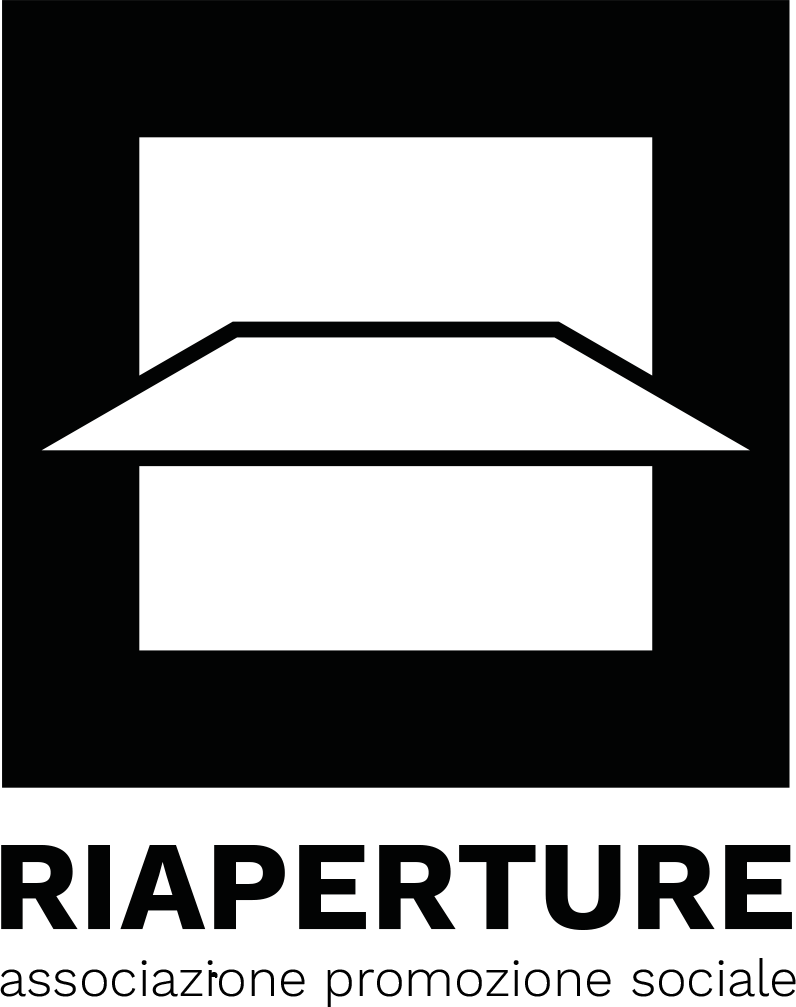Fabio Bucciarelli
When Everything Changed
Covid-19: The European Epicenter
“Covid-19 has changed not only our lives but also the world as we knew it. Since early 2020 I have often returned to the pandemic’s epicenter, with the aim of creating a body of work necessary for collective awareness, an iconographic memory of our time.”
Fabio Bucciarelli
At the moment when the coronavirus was ripping through northern Italy, Fabio Bucciarelli gained exclusive access to the Red Cross workers who were going door to door around Bergamo, the hardest hit part of Italy’s hardest hit region, to check on those who were infected and take the worst of them to the hospital. It was a devastatingly intimate view of the way the coronavirus was tearing apart family after family in the close-knit region. Working cautiously in goggles, gloves and respirator and clothed in a hazmat suit, Bucciarelli traveled with the workers in the ambulance, and entered the bedrooms, living rooms and kitchens of families ravaged by the virus. The simple surroundings he encountered belied the significance of what Bergamo had become: at that time, ground zero for the coronavirus in all the world.
When the children said good-bye to mothers, fathers and grandparents who were hoisted onto dollies and taken away, no one could know if it was for the last time.
Bucciarelli’s intimate work did not end at the front door, however. He entered overwhelmed intensive care units and overcrowded hospital corridors lined with Covid-19 patients. His connection to the families was so intensive that, in the most tragic cases, they allowed him to follow them to cemeteries for the pared down yet poignant ceremonies that only the closest relatives could attend. Bucciarelli was among them.
©Fabio Bucciarelli for The New York Times
Bio

Fabio Bucciarelli è un fotografo, giornalista e autore noto per documentare i conflitti e le conseguenze umanitarie della guerra. Ha trascorso l’ultimo decennio testimoniando con le sue foto gli eventi più importanti accaduti nel mondo con immagini che riflettono il suo impegno e la sua grande empatia con la storia producendo testimonianze incentrate sui diritti umani.
Nel 2013 la sua copertura della guerra siriana è stata riconosciuta con la Robert Capa Gold Medal assegnata dall’Overseas Press Club of America. Fabio Bucciarelli ha ricevuto molti premi tra cui numerosi World Press Photo, POYi, VISA d’Or News of Perpignan, Prix BayeuxCalvados for War Correspondents, Yannis Behrakis International Award, Best of Photojournalism, Getty Images Editorial Grant, Days Japan International, Istanbul Photo Award, Sony International Photography Award, Master.Report Award e Premio Ponchielli, oltre ad altri riconoscimenti e menzioni.
Nel 2019 è stato nominato Photographer of the Year dal Pictures of the Year International.
Prima di diventare fotografo, nel 2006 Bucciarelli ha conseguito la Laurea Magistrale in Telecomunicazioni Ingegneria del Politecnico di Torino. Trasferitosi a Barcellona per lavorare come ingegnere nel 2009 inizia a dedicarsi alla fotografia.
Insieme ai suoi progetti personali in corso, Bucciarelli collabora spesso con The New York Times per il quale ha ampiamente coperto la pandemia di Covid-19 nel suo epicentro in Italia. Nella sua carriera ha lavorato per molte importanti testate tra cui Time Magazine, BBC, L’Espresso, CNN, Al Jazeera, Foreign Policy, Paris Match, M Le Monde, El Pais, Internazionale, La Stampa, Il Fatto Quotidiano, La Repubblica tra gli altri.
Le sue opere compaiono in diverse collezioni e le sue fotografie sono state esposte in musei e gallerie in tutto il mondo, così come sono state spesso esposte in fiere d’arte internazionali tra cui Photo London, AIPAD New York, MIA Milano, Photo Basel e Zona Maco Mexico.
Oltre ai progetti fotografici, Bucciarelli ha scritto articoli per giornali e riviste nazionali e internazionali ed un libro sul conflitto libico. Nel negli ultimi anni è stato incaricato di lavorare come curatore e direttore artistico da Musei e Istituzioni Italiane.






